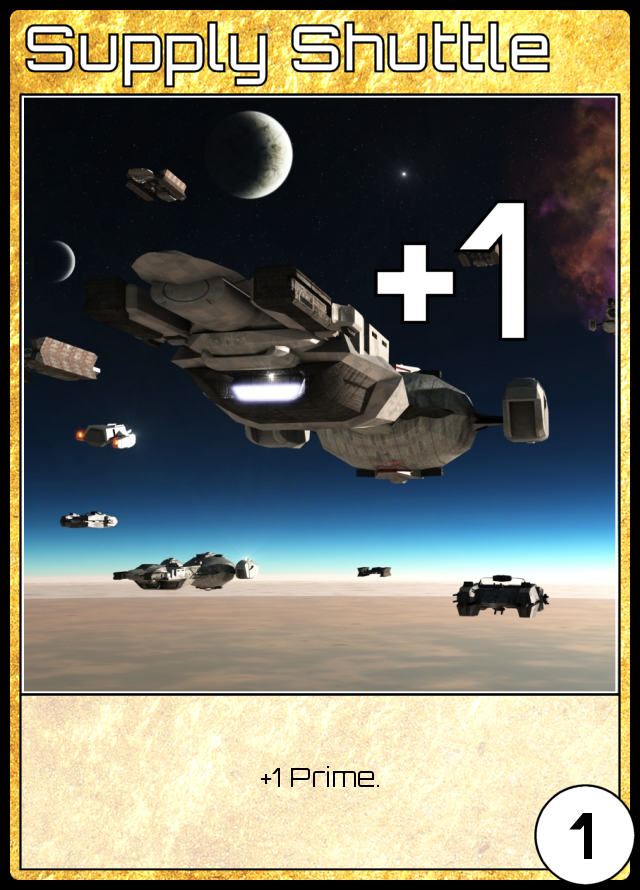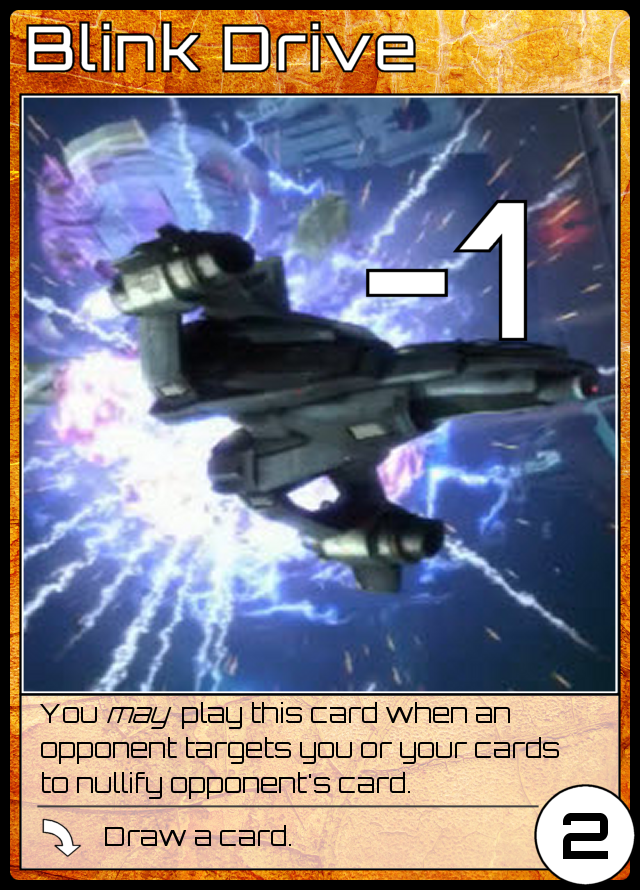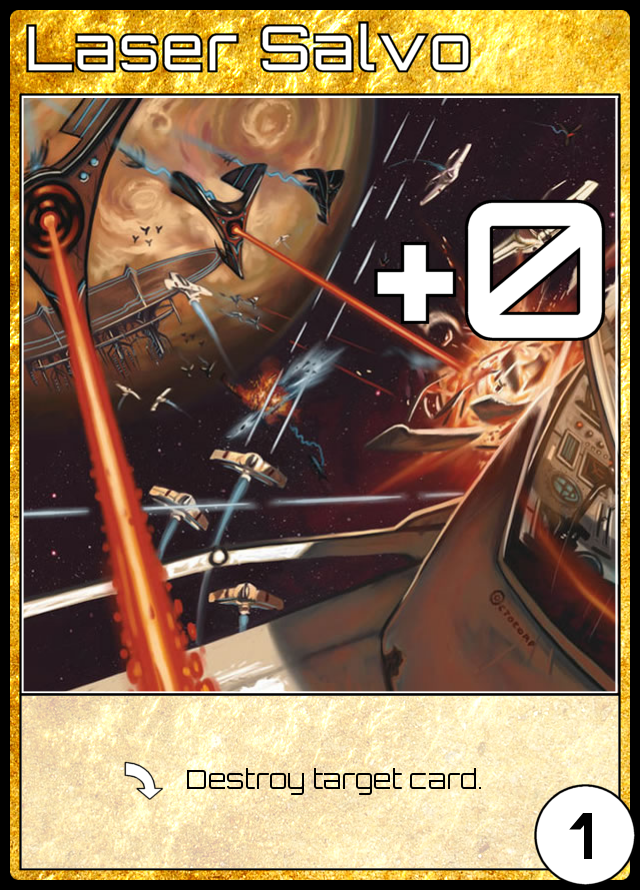When using tempo to analyse plays in a game we need to look at how the play changes the state of the game, as opposed to the theoretical numbers we used previously. For example, if you were to make a play that would destroy an opponent's card, we no longer consider this card destruction worth a flat 2 tempo (your opponent loses a draw and a play); instead we need to look at the card we are going to destroy.
Let's say you play a
Laser Salvo (1ER, +0, played: destroy target card). If you destroy an opponent's
Charge (0ER, +1, [starting deck is made of these]), what have they lost? They have lost 1 Energy. Ignore that they had to draw and play the
Charge; that is irrelevant. The direct change to the state of the game is that they now have 1 less Energy than they did before. You might think that your play was therefor worth 1 tempo, and it would be, except that them losing 1 Energy is not the only change in the state of the game: you now have 1 less card in hand than you did before.
Therefor, your play was worth 0 tempo: you have set them back by a point (of Energy) at the expense of a point of your own (a card in hand; a draw).
Scoring your tempo is an interesting idea: obviously, the more tempo you gain the better, so you would want this to be high. If it were a computer game (or you were particularly bloody minded) you might be able to derive stats after the game was over, like your average tempo per turn. While it is clearly a good rule of thumb that the bigger-the-better for tempo/turn, during play it won't actually be key that this number is bigger than some goalpost figure: rather, it is important simply that it be bigger than your opponents'. Note that in a heads-up, 1v1 game the tempo score is zero-sum: any time you gain tempo your opponent loses it, and vice-versa; it's only in a multiplayer game that having a goalpost is possible; I'll look at tempo in multiplayer in a later post. Let's look at 1v1 now, as it's much simpler. In 1v1 tempo can be looked at as a peg moving up and down a number line:
![Charge 0ER, +1, [starting deck is made of these]](http://www.onelivesleft.com/cardgame/cards/Charge.png)



![Charge +1, 0ER, [starting deck is made of these]](http://www.onelivesleft.com/cardgame/cards/Charge.png)